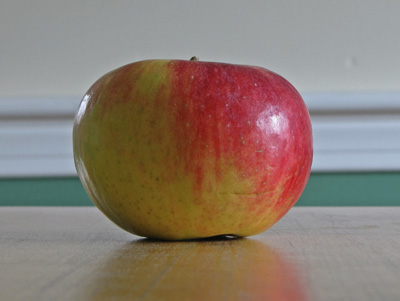
Steve Jobs understood, and was able to bring to fruition, not merely the intersection of technology and design, but that they are inseparable aspects of a desirable product. High tech devices are, after all, valuable only if humans can interact with them, and it is via design that we do so. The inviting look and feel of Apple products draw us to them. So often, while we see other brands in the store, we readily sense that we want an Apple – leaving aside whether we can afford it.
Jobs recounted that a course in calligraphy that he took years before he began designing computers was a great influence in developing his appreciation for the importance of nuance and subtlety in comprising an overall style and look. In that art, the smallest details of spacing and line weight, for example, matter decisively in creating the whole image.
Phones, laptops, and other electronic devices are all basically the same shape, but the details of an Apple product add up to produce an unmistakable attractiveness. When you know the underlying functional quality is also there, the product is a real winner.
So what does this have to do with woodworking? Well, looking at a Maloof chair or a Krenov cabinet, I think the question is answered. These masters made things that invite our interaction, are the ultimate in refinement of style, conveyed largely with judicious details, and, of course, embody honest quality. When seeing their work, all this adds up to evoke that wonderful “ahhh.” It is the masterful execution of inspired intent. So intimately human, so wonderfully functional, the piece calls to us, and we reach out to it.
This is what we strive for as we take our best shot at making fine things. In Krenov’s words, a “quiet joy.”

